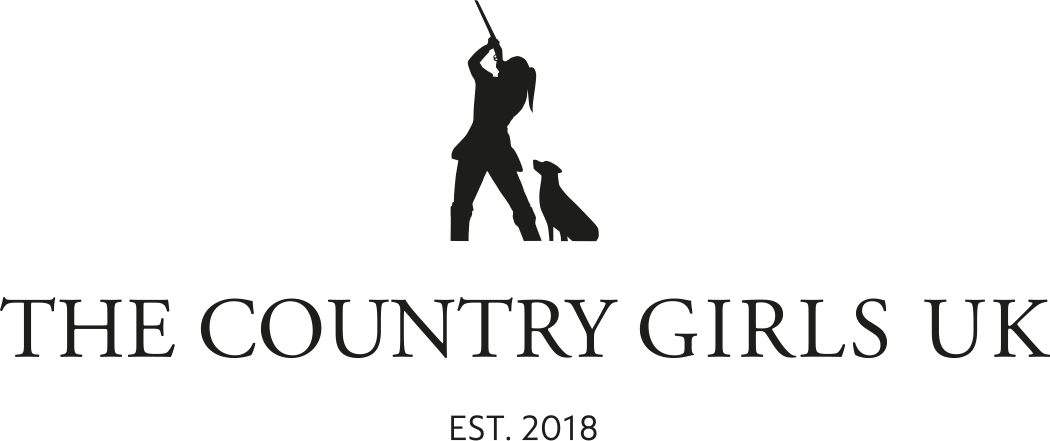I produce a wild food series in Canada, and we’re just on the doorstep of producing Season 11. When it all started, iTunes had just started and Netflix was still in the business of mailing DVDs. In that time, I’ve had the chance to do some work in England with astonishing mycologist Lisa Cutcliffe from Leeds, and game butchery and live fire cookery master Nick Weston in Sussex. I’ve had the chance to cross paths with Paul Kirtley while teaching field cookery at the Global Bushcraft Symposium. It was immediately, and I mean immediately evident the glaring differences between wild food things in Canada and the UK.
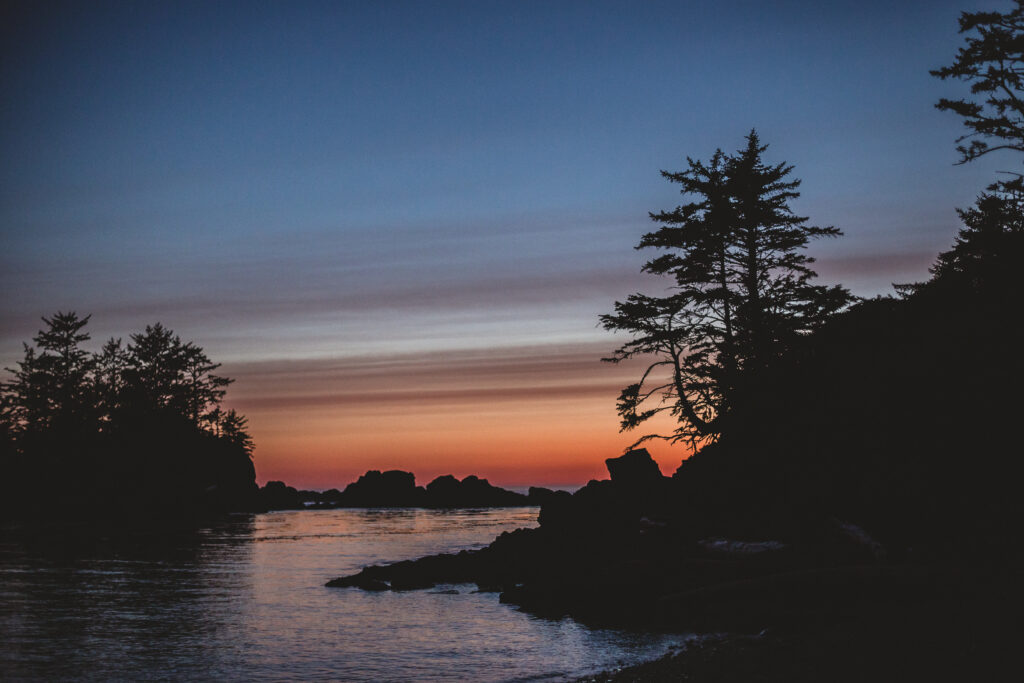
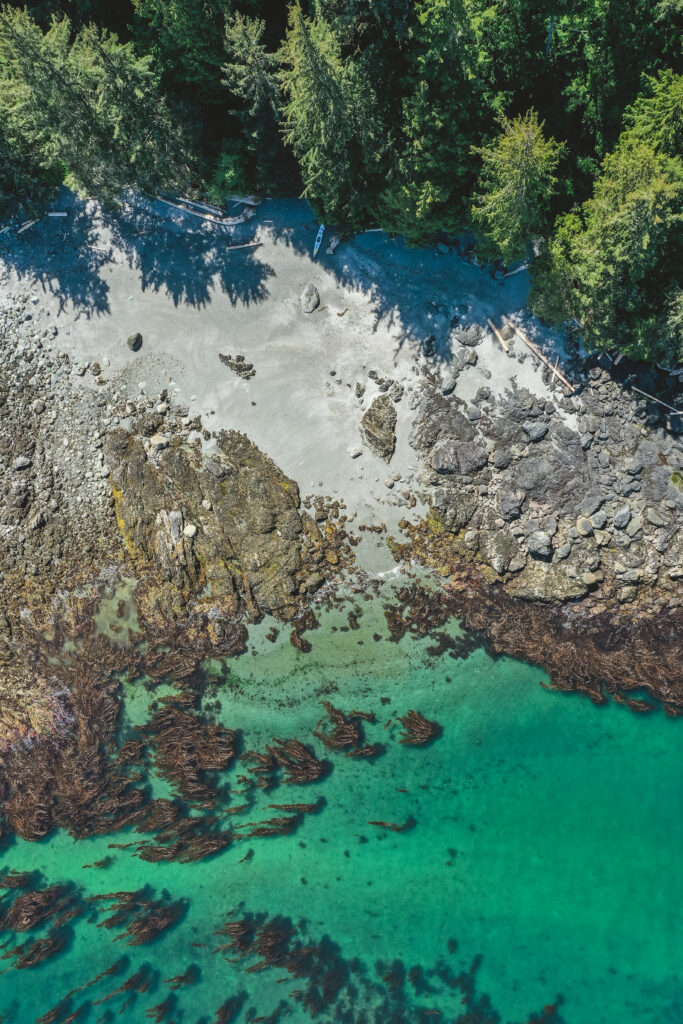
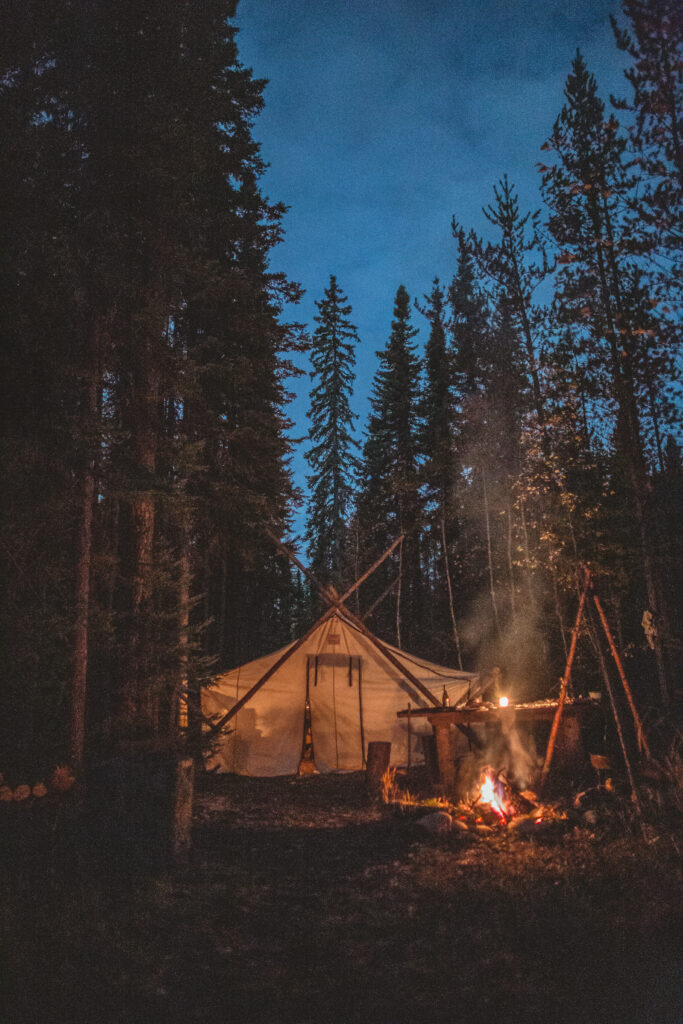
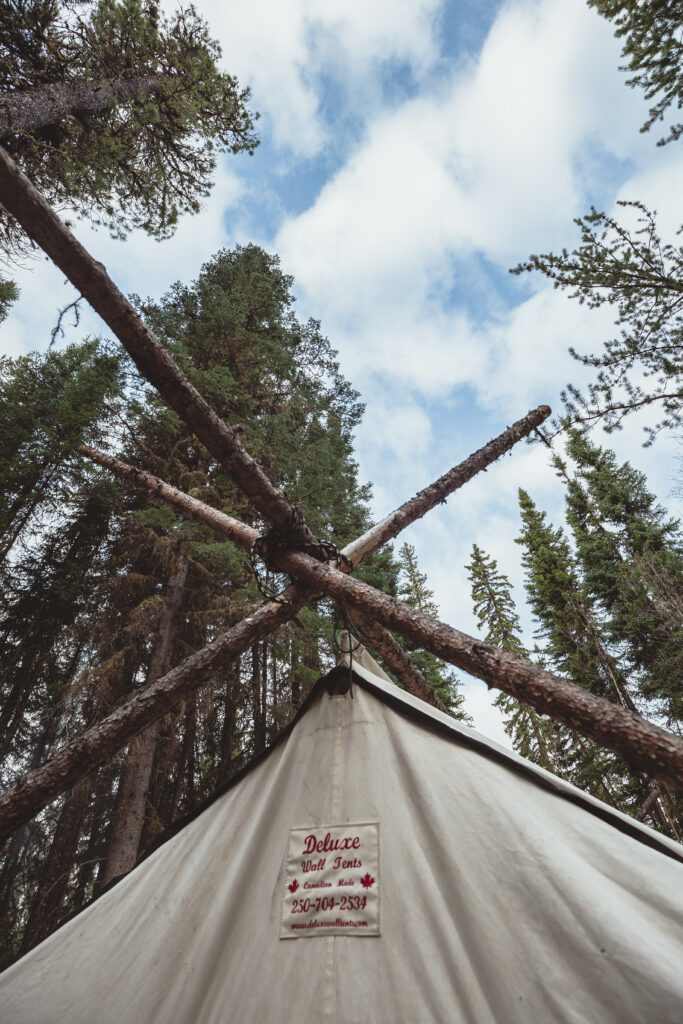
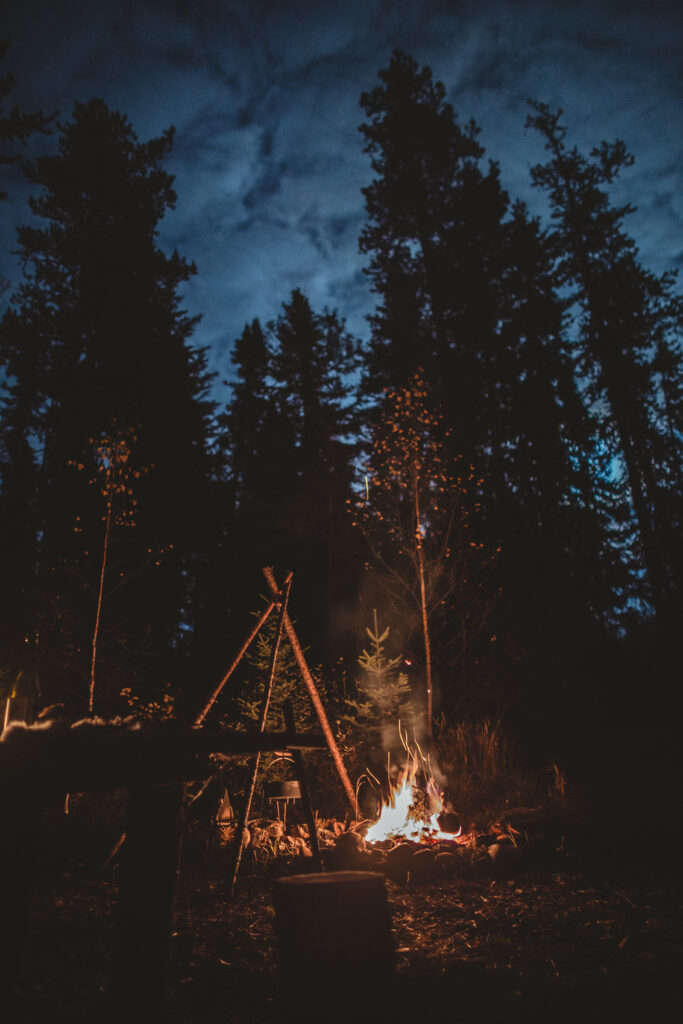
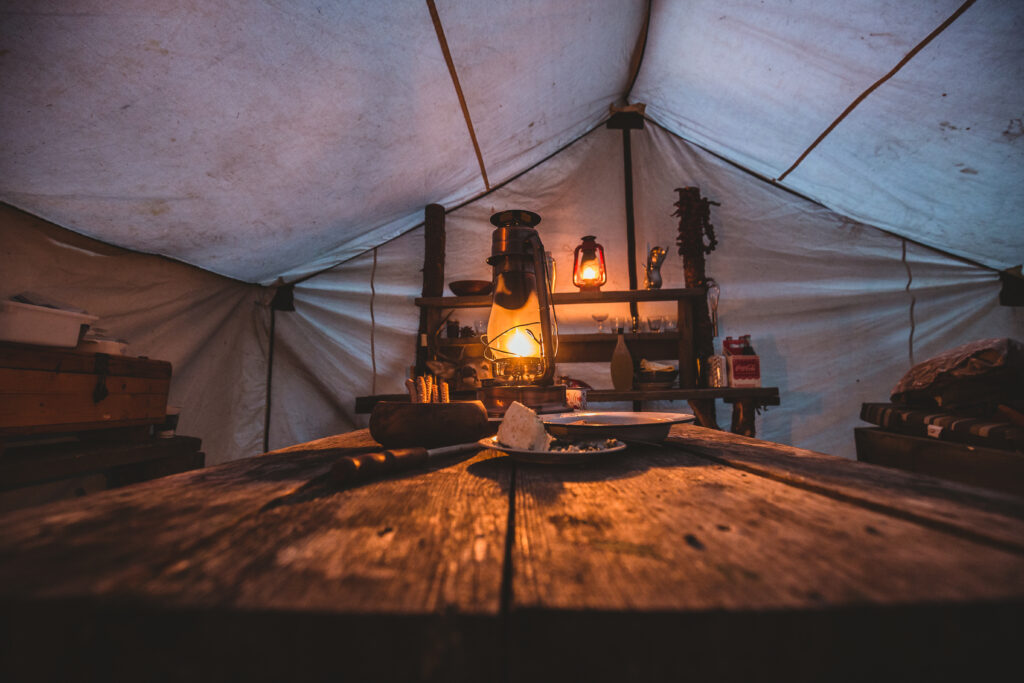
The biggest difference? Our wild spaces are…willlld. Comparatively. Of course, humans have found their way into every corner of the globe, but broadly speaking, when we head into ‘the bush’ (the woods) to hunt for a few days, the odds of us seeing zero other humans is pretty good. The boreal forest is the largest land biome on planet earth, and the forest we hunt within the borders of our province of Alberta is 3 times the size of England. We build a log frame out of black spruce, hang a canvas wall tent, and light the wood stove. Yes we might be mixing wild foraged cocktails and eating fine wild game dishes, but we’re also felling and splitting trees daily to stay warm, and loading rifles at night as the timber wolves howl disconcertingly nearby. Black bears, whitetail deer, and grouse hang in camp. If you find yourself injured, it’s a bit of a problem.
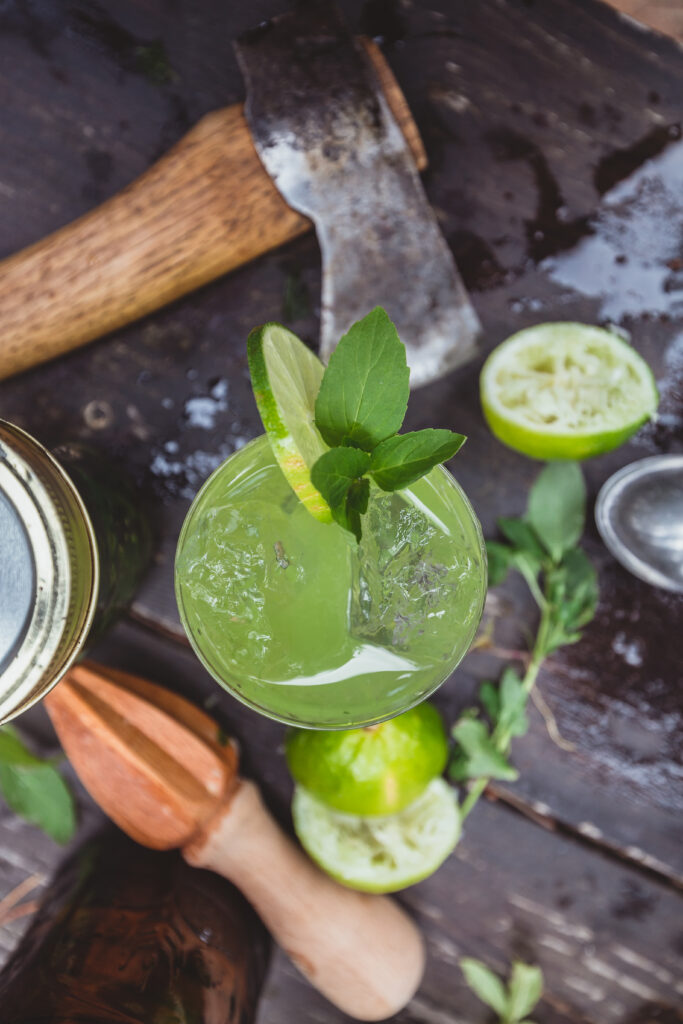
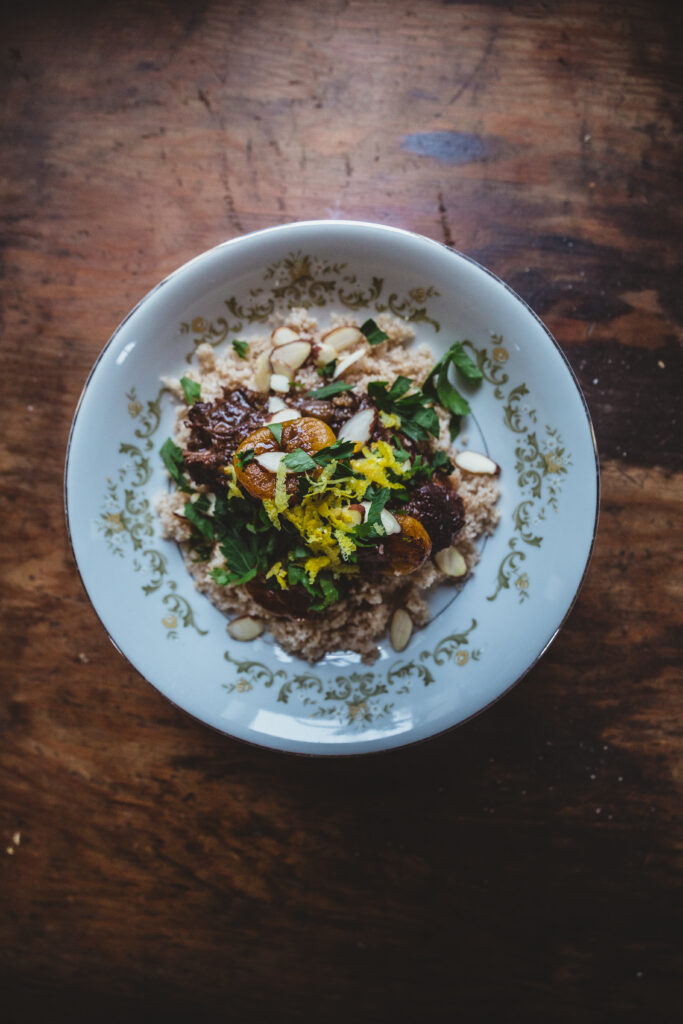
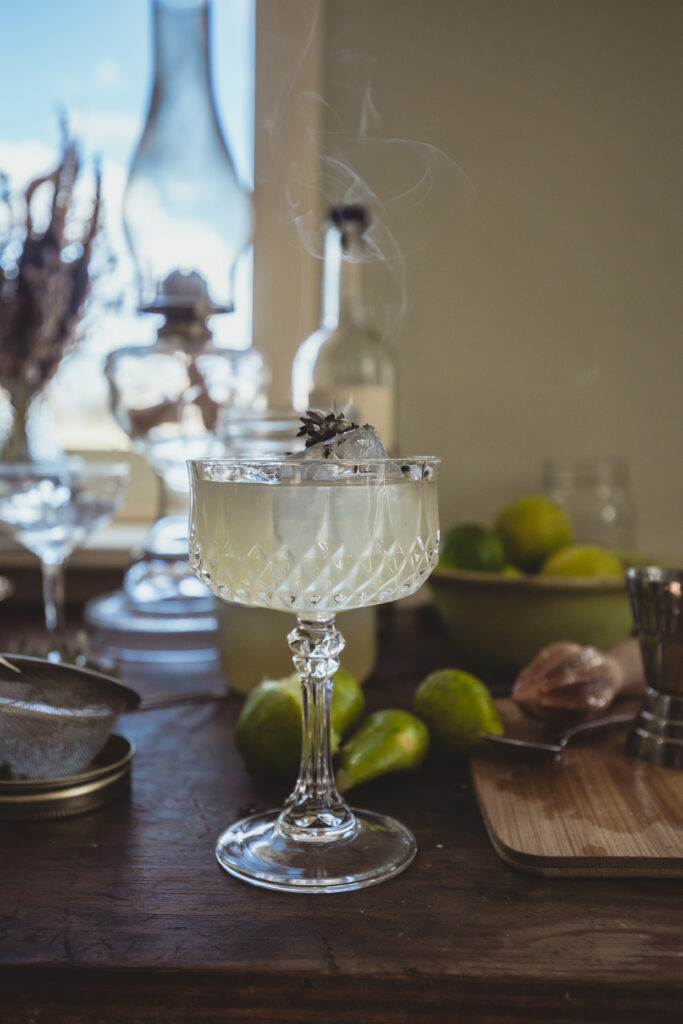
Sometimes we hike into the sharp rockies to pick wild potatoes and eat them with trout from alpine lakes the colour of emeralds, or fish sheets of ice 100+km long for pike, occasionally sleeping on the ice. We hunt grasslands heady with the aromas of wild sages (Artemisia Ludoviciana and Artemisia Frigida mostly) and the echo of white fronted and Canada geese – with Pronghorn, mule deer, sharptail grouse, and grey partridge tucked here and there. In the summers we sea kayak the shores of the pacific northwest breaming with seaweeds, shore plants, and seafoods of all kinds. Perhaps our most remote camp of all was 4 days of paddling back to the nearest village. Our wild spaces are dangerously, beautifully, and soul-fillingly wild.
What we all share though is far more important than any differences. The reasons we spend time outdoors engaging with nature with friends or family, choosing wild species as food – that’s all exactly the same. Our care for the spaces we have these poignant experiences, is the same. When you spend time outdoors with people you love, doing something you love, it’s easy to fall in love with it all – intimacy with place creeps in. The more you care about a place, the more you care about the food that comes from it, and the more you care about sharing that food with people you care about. And that’s where sustainability lies. In that care. When you love a person, or a place, you want to do it no harm. When that place offers inspiring foods and nourishment, you want to do it no harm. When it brings you the deepest of joy, you want to do it no harm.
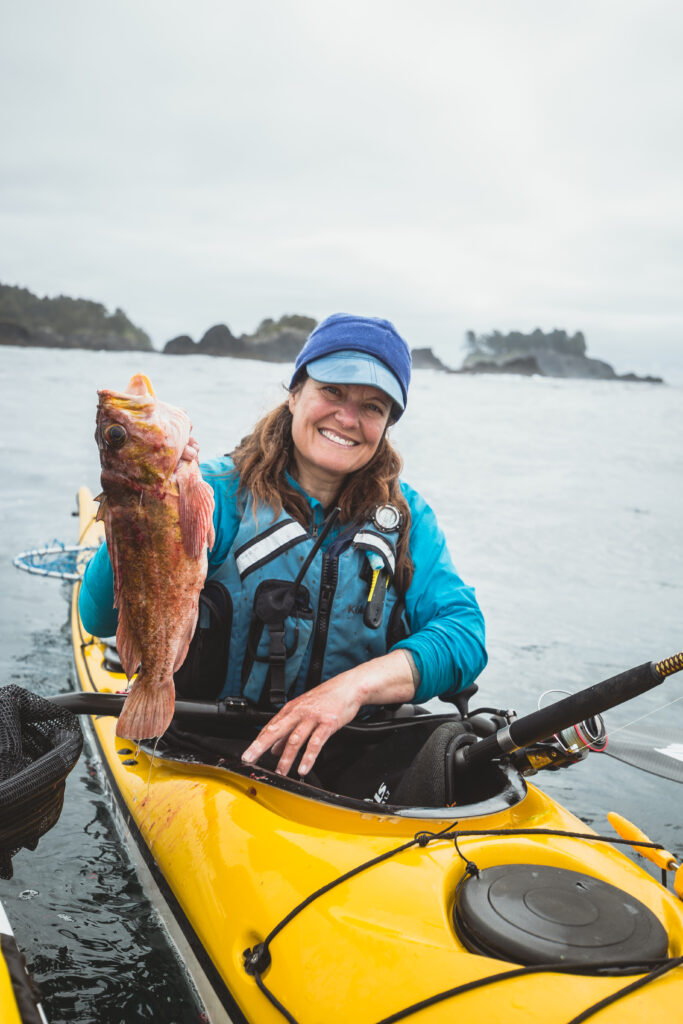
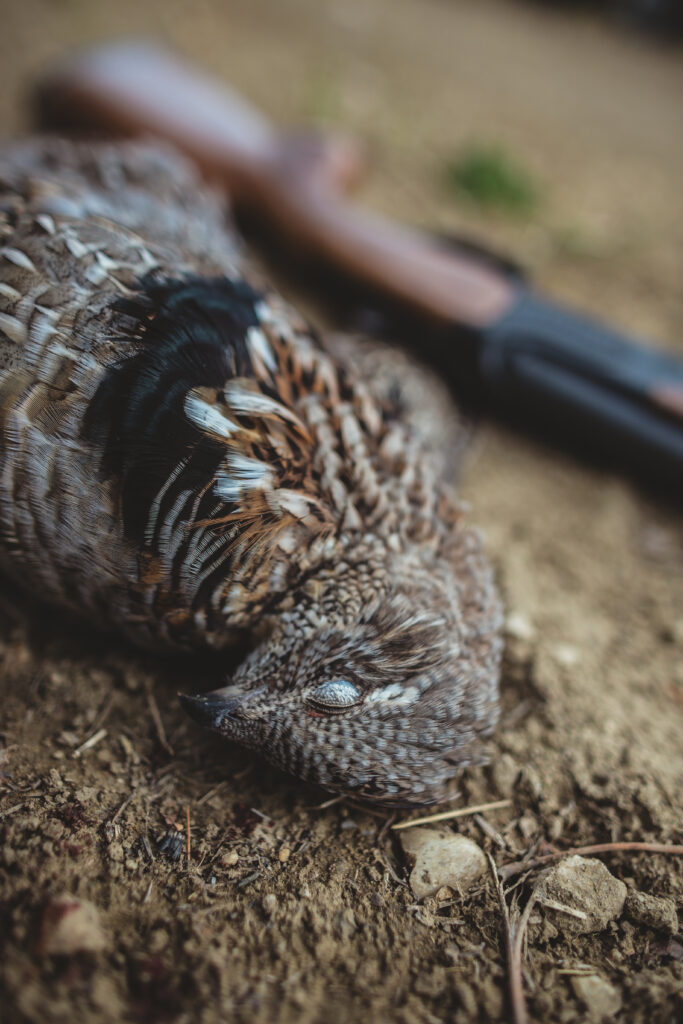
And that’s how we’re all exactly the same.
Engaging with the outdoors to acquire food is a deeply fulfilling endeavour. Becoming proficient at it, a lifelong journey. As someone who’s spent many years guiding others including beginners – know that no matter where you are on your journey with wild food, if you love the process of it, you’re winning. Keep at it. Enjoy the journey. It’s an endless and therefore endlessly fulfilling one.
Written by Kevin Kossowan, creator of From The Wild
